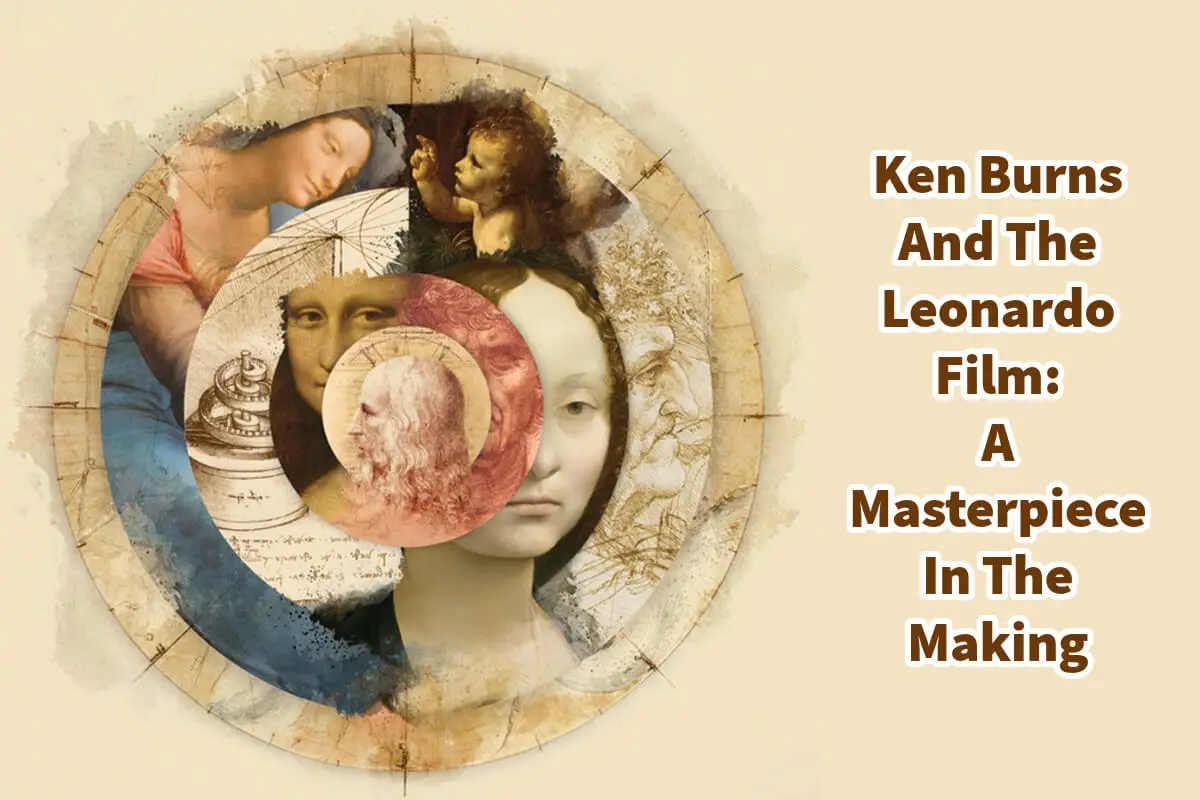Ken Burns, an acclaimed American filmmaker renowned for his compelling historical documentaries, is best known for his deep explorations of American life and history, from his documentaries on the Vietnam War to the Civil War and jazz. His style, marked by vivid storytelling and a nuanced grasp of history, has made him a genre master.
With his upcoming film on Leonardo da Vinci, Burns steps outside his usual American-centric focus to tackle one of the most significant figures in world history. This decision initially surprised many of his followers. The film Leonardo da Vinci will air in the United States on PBS in November 2024, marking a significant departure from Burns’ usual fare yet offering a fascinating new lens through which we can view the work of one of the world’s most celebrated polymaths.
Table of Contents
- Ken Burns: From American History To Renaissance Genius
- The Remarkable Story of Leonardo da Vinci
- Ken Burns’ Signature Style: Bringing History to Life
- Why Da Vinci?
- Ken Burn’s Leonardo – Anticipating a Masterpiece
- Related Questions
Read on as we will explore the reasons behind Burns’ choice to take on the project, his approach to telling da Vinci’s story, and how his signature filmmaking style promises to bring the life and work of Leonardo da Vinci to audiences in new and innovative ways.
Ken Burns: From American History To Renaissance Genius
Ken Burns has built a legendary career by focusing on uniquely American stories. His documentaries delve into the complexities of the American experience, capturing the triumphs, struggles, and contradictions that have shaped the nation’s identity.
Over the decades, his works have chronicled everything from jazz music to the Vietnam War, gaining acclaim for their depth, insight, and careful research.
The announcement of his upcoming film on Leonardo da Vinci represents a dramatic shift for Burns, who has long avoided non-American subjects. Burns initially turned down the project, famously saying, “I don’t do non-American stuff. I only do American stuff and this is not American.”
However, after consulting with his daughter Sarah Burns, a filmmaker who collaborates with her husband David McMahon on many projects, Burns reconsidered.
Considering his long-standing interest in great minds and pivotal historical moments, Burns’ choice to explore da Vinci’s life seems a natural evolution. While the focus is shifting from American soil to the vibrant world of Renaissance Italy, Burns remains committed to telling stories of individuals who have left an indelible mark on humanity.
Da Vinci fits perfectly into Burns ‘ narrative framework with his boundless creativity, vast intellect, and astonishing range of achievements. The film promises to be an intimate portrait of a visionary, blending historical context with Burns’ signature storytelling style.
The Remarkable Story of Leonardo da Vinci
Leonardo di ser Piero da Vinci, better known as Leonardo da Vinci, was born out of wedlock to a notary father and a peasant woman in the Tuscan town of Vinci on April 15, 1452.
From these humble beginnings, Leonardo became one of the most famous and influential figures of the Italian Renaissance. His life story, filled with adventure, intellectual curiosity, and unparalleled creativity, offers Burns a wealth of material to explore.
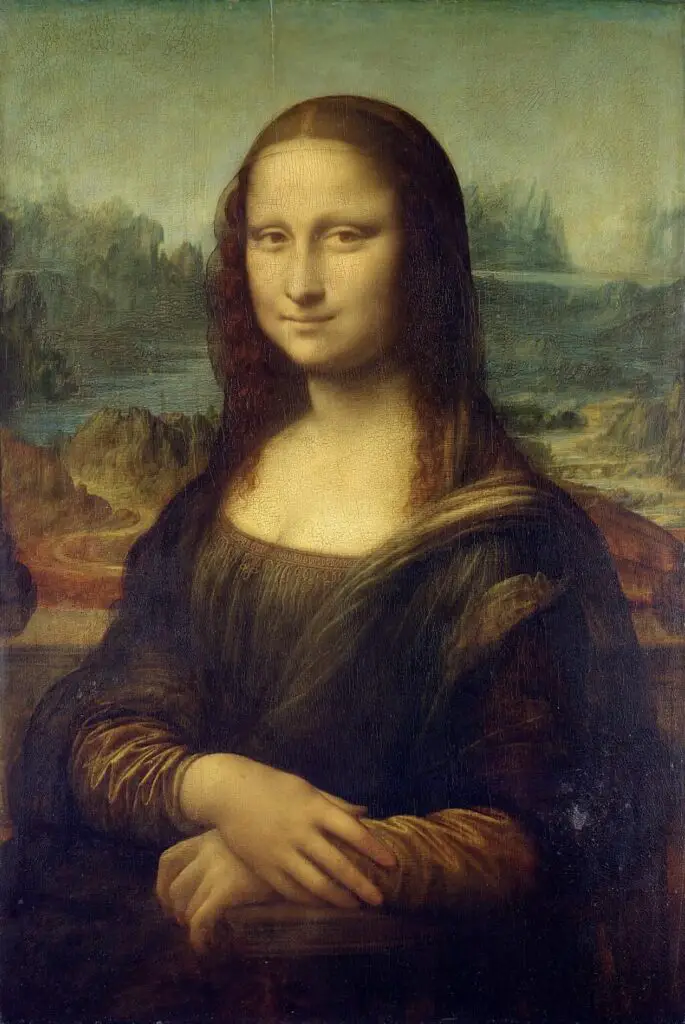
While da Vinci is best known for his artistic masterpieces, such as the Mona Lisa, The Last Supper, and The Vitruvian Man, his accomplishments extended far beyond painting.
He was a polymath, excelling in fields as diverse as science, engineering, anatomy, architecture, and cartography. In a relatively short lifetime, da Vinci conceived of inventions far ahead of his time, sketched futuristic contraptions of warfare and flight, and made groundbreaking observations in anatomy and physics.
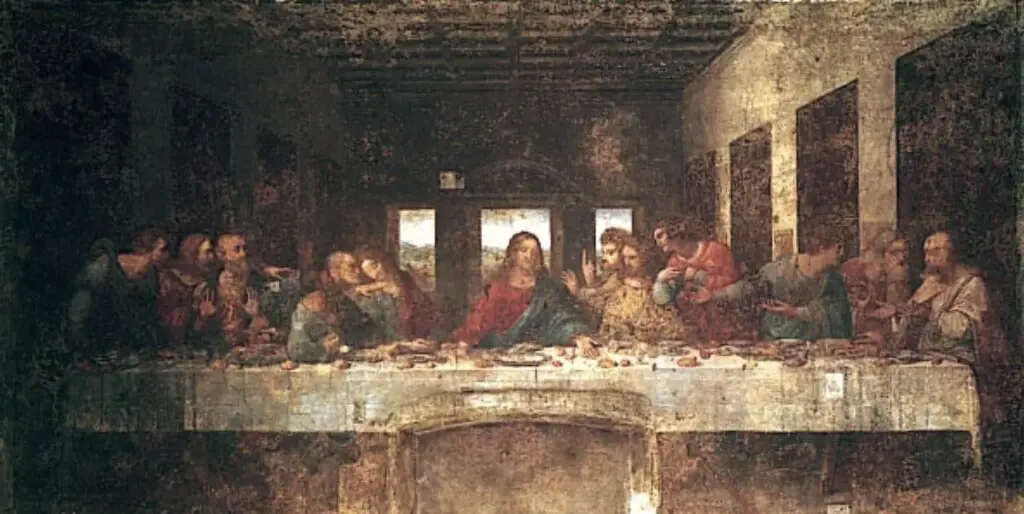
In many ways, he was a man centuries ahead of his time, and much of his work was left unfinished as his interests shifted restlessly from one subject to another.
Ken Burns’ film will offer a window into the mind of this extraordinary genius, tracing his journey from his apprenticeship in Florence with the distinguished painter Andrea del Verrocchio to his later years as a military architect and muralist for hire. It will explore his relationships with patrons, scientific investigations, and relentless quest for knowledge.
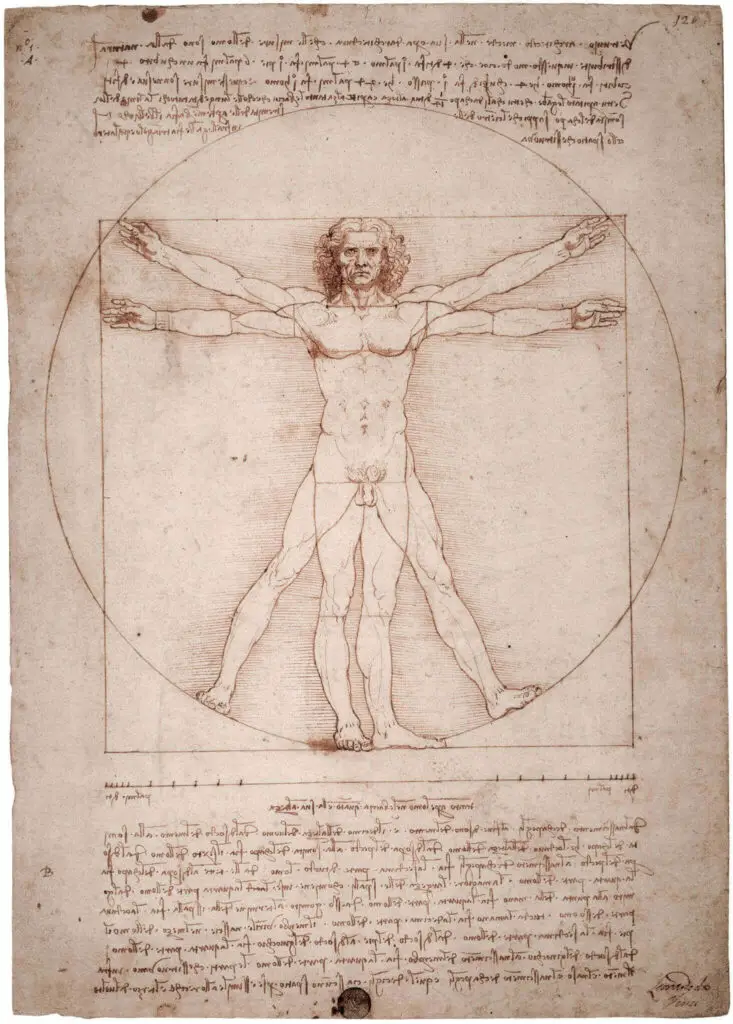
Viewers will look at da Vinci’s thinking process through his voluminous personal notebooks. These notebooks contain detailed sketches of human anatomy, intricate designs for flying machines, and theoretical ideas about physics that were centuries ahead of their time.
To craft a nuanced and richly detailed portrait, Burns will also draw from primary and secondary accounts of da Vinci’s life and times.
Renaissance Italy: The World of Leonardo
A critical element of the film will be its exploration of the dynamic and often turbulent backdrop of Renaissance Italy, which shaped and inspired Leonardo da Vinci’s extraordinary mind. The Renaissance was a time of intellectual awakening and cultural rebirth, marked by significant advances in art, science, and philosophy.
It was also a period of regional warfare, political intrigue, and religious upheaval, which influenced da Vinci’s work.
Italy was not a unified nation in the fifteenth century but a collection of city-states, each with its rulers and allegiances. Florence, where Leonardo spent much of his early life, was a thriving center of art and culture, home to the powerful Medici family, a patron of the arts.
Burns’ film will delve into this rich cultural environment, showing how it nurtured da Vinci’s talents and gave rise to some of his most famous works.
Beyond Florence, the film will explore Leonardo’s time in Milan, where he worked as a military architect for the Duke of Milan, Ludovico Sforza. Here, he painted The Last Supper, one of his most iconic works, which has captivated viewers for centuries with its psychological depth and intricate composition. The tension between creativity and political demands and da Vinci’s constant need for financial support will be a central theme in the film.
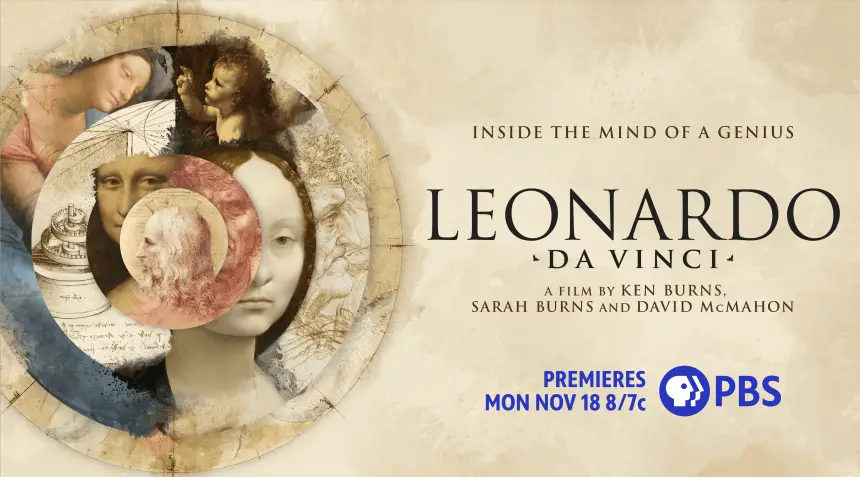
Ken Burns’ Signature Style: Bringing History to Life
One reason Ken Burns’ documentaries resonate deeply with audiences is his ability to make history feel personal and immediate.
His distinctive storytelling style, often called the “Ken Burns effect,” brings historical figures and events to life by combining archival footage, expert interviews, and carefully narrated voiceovers. This technique makes the past feel accessible and emotionally resonant.
Burns will likely employ these same techniques in Leonardo da Vinci, using da Vinci’s notebooks, artworks, and writings to dive deeply into his world.
By blending interviews with modern scholars, artists, engineers, and inventors, the film will contextualize da Vinci’s work, exploring how his ideas have influenced countless fields, from art to engineering, even into the present. These interviews will offer insight into how modern experts view da Vinci’s legacy and how his work inspires innovation today.
The film will tell da Vinci’s story and explore his relevance in the 21st century through these expert voices. How do da Vinci’s notebooks, filled with fantastical machines and anatomical studies, resonate with modern engineers and scientists? What do today’s artists make of his unparalleled mastery of light and perspective?
By engaging these questions, Burns’ documentary will make a historical figure who lived 500 years ago feel immediate and relevant to contemporary audiences.
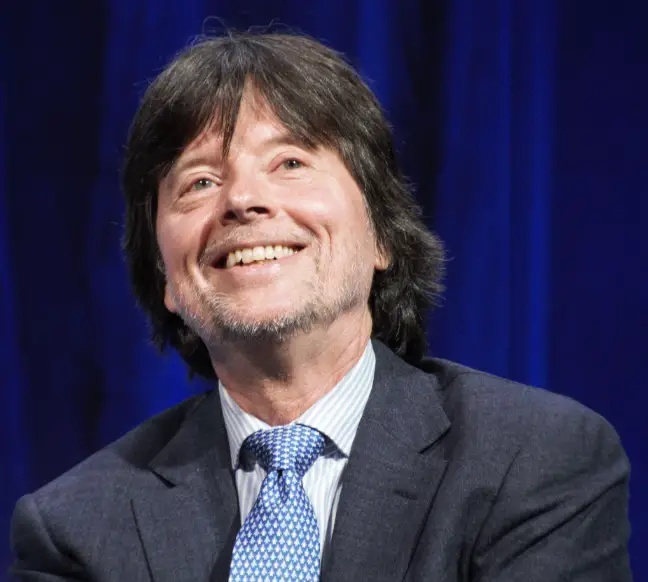
The Creative Team Behind Leonardo da Vinci
Burns’ decision to bring his daughter, Sarah Burns, and her husband, David McMahon, on board as co-directors and writers ensures that this project will benefit from multiple creative perspectives. Both Sarah and David have collaborated with Ken Burns on previous projects, including The Central Park Five and Jackie Robinson, and have established themselves as talented filmmakers in their own right.
Their collaboration with Leonardo da Vinci promises to be a compelling blend of their unique filmmaking voices with the historical gravitas and storytelling prowess Ken Burns is known for. Together, they will bring da Vinci’s world to life, capturing his genius and the humanity that made him such a compelling figure.
Why Da Vinci?
One of the most exciting aspects of this film is Ken Burns’s journey in deciding to take on the project. Initially reluctant to delve into a subject outside of American history, Burns was convinced by his family and collaborators to take on the project.
One factor that reportedly changed his mind was realizing Leonardo da Vinci’s extraordinary intellectual capacity. Burns has remarked that while most people use a fraction of their brain’s potential, da Vinci seemed to have tapped into far more. His curiosity knew no bounds, and his relentless pursuit of knowledge left a legacy that still shapes our world today.
In taking on this project, Burns appears to have embraced the challenge of telling a story transcending national boundaries and historical eras. As much as da Vinci belonged to the Renaissance, he also belonged to all of humanity, a universal symbol of creativity, innovation, and genius.
Ken Burn’s Leonardo – Anticipating a Masterpiece
Ken Burns’ upcoming film on Leonardo da Vinci promises to be a fascinating exploration of one of history’s greatest minds. It will blend Burns’ celebrated storytelling with the life of a figure who continues to inspire awe five centuries after his death.
With a rich historical backdrop, an extraordinary protagonist, and a talented team of filmmakers, Leonardo da Vinci will captivate audiences when it airs on PBS in November 2024.
Burns’ decision to step outside his usual American-focused subject matter marks a bold new chapter in his career. And as he brings to life the story of Leonardo da Vinci, a man who mastered so many fields and disciplines, it is clear that Burns, too, is pushing the boundaries of his craft.
This documentary promises to celebrate the life of a Renaissance genius and offer viewers a timeless meditation on creativity, innovation, and the enduring power of human curiosity.
Anita Louise Art is dedicated to art education, great artists, and inspiring others to find and create their art. We love art that uplifts and inspires. #ArtToMakeYouSmile! #ArtToMakeYouHappy!
If you are interested to see any of my art, you can find out more by clicking here. If you are interested in what inspires me and my paintings, you can discover more by clicking here.
We have a free newsletter and would love you to be part of our community; you can subscribe to the newsletter by clicking here. If you have any questions, I would be happy to talk to you anytime. You can reach me, Anita, by clicking here.
Subscribe to our Anita Louise Art YouTube Channel with great videos and information by clicking here.
Join us for our podcast “5 Minutes With Art.” Spend just 5 minutes a week with us to discover and learn about great art and artists. You can find out more about our podcast by clicking here.
Related Questions
Did Michelangelo And Leonardo Know Each Other?
Michelangelo and Leonardo da Vinci knew each other but were considered bitter rivals. Leonardo da Vinci and Michelangelo knew each other, but they did like each other. They were both asked to do a commission on the Council Hall of the Palazzo Vecchio and were supposed to work side-by-side; the project was never completed.
By clicking here, you can learn more by reading Did Michelangelo And Leonardo Know Each Other?.
What Was The Focus Of Renaissance Art?
The focus of Renaissance art was on the classics of Greek and Rome, humanist philosophy, and the study of the human figure. Realism was also an essential part of renaissance art. The great artists of the Renaissance also became great anatomists and studied human beings.
By clicking here, you can learn more by reading What Was The Focus Of Renaissance Art?.
Michelangelo’s Method To Paint The Sistine Chapel Ceiling
He built a large scaffolding structure that could move around the chapel to paint the ceiling; the painting of the Sistine Chapel was an extremely strenuous work that was a huge personal cost both physically and mentally to Michelangelo.
By clicking here, you can learn more by reading Michelangelo’s Method To Paint The Sistine Chapel Ceiling.

